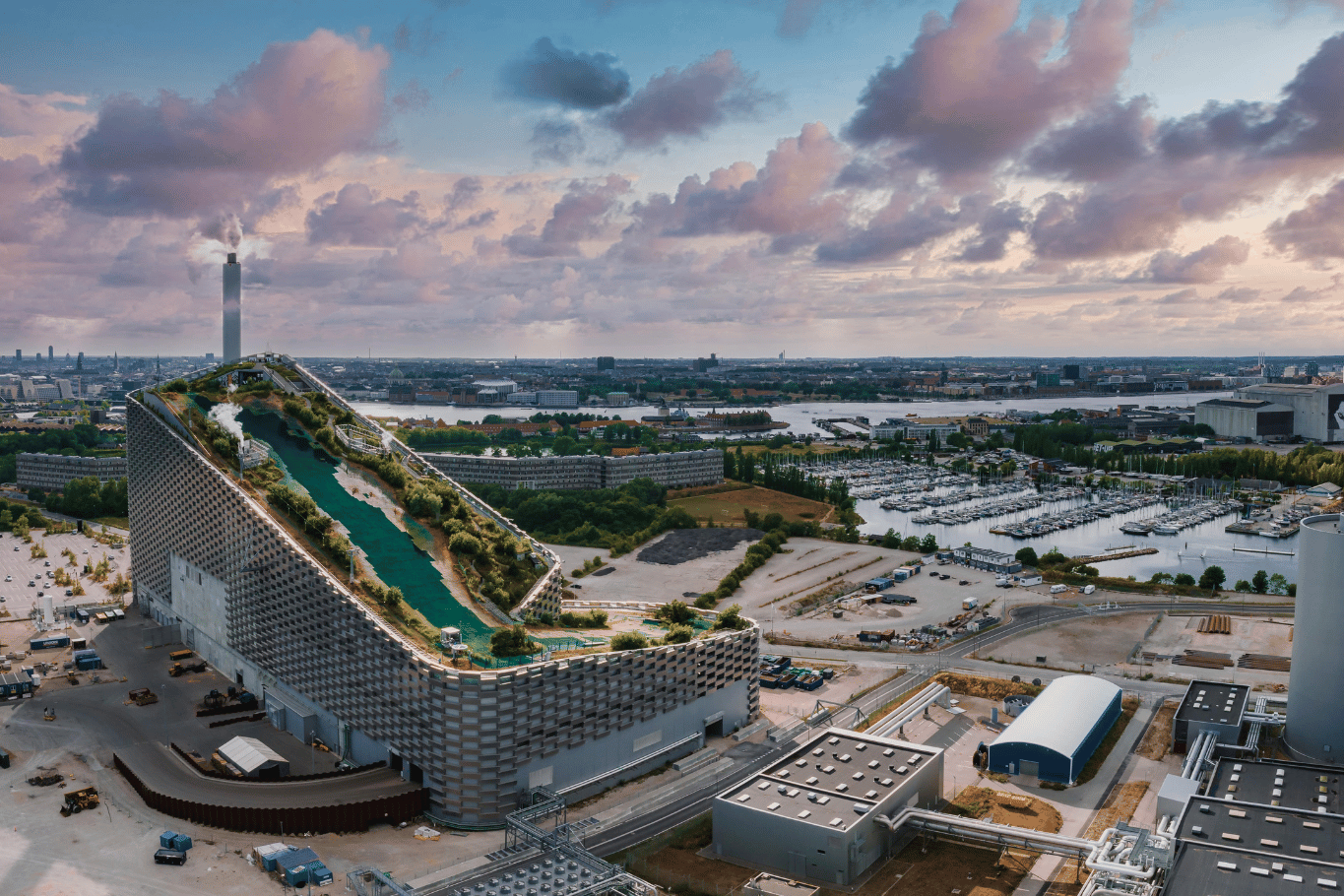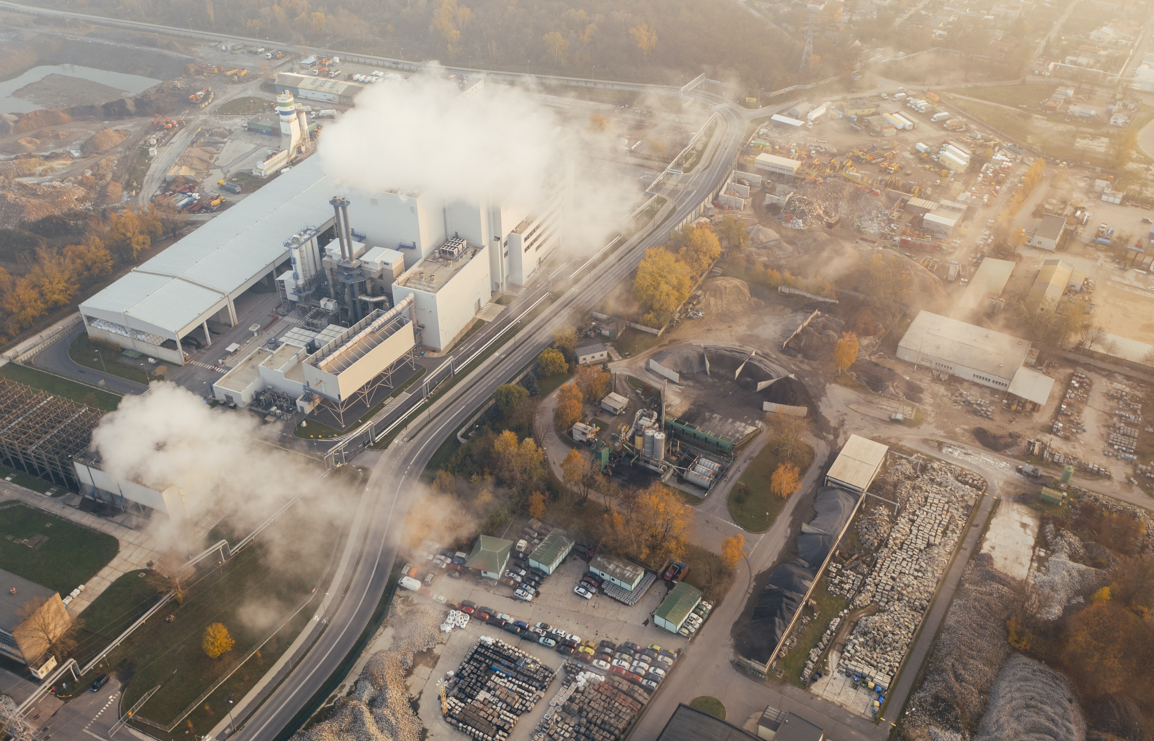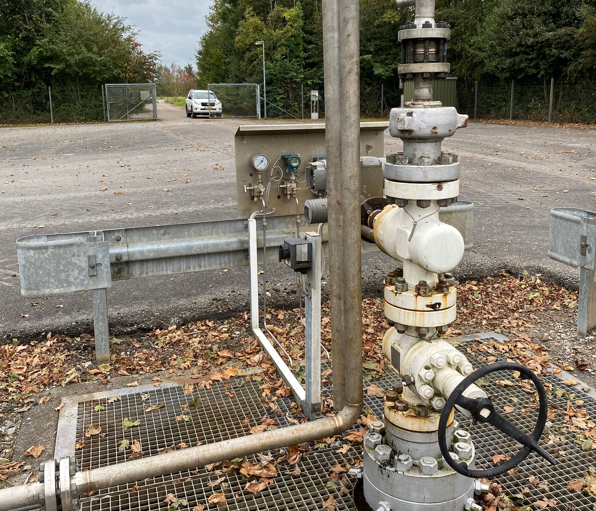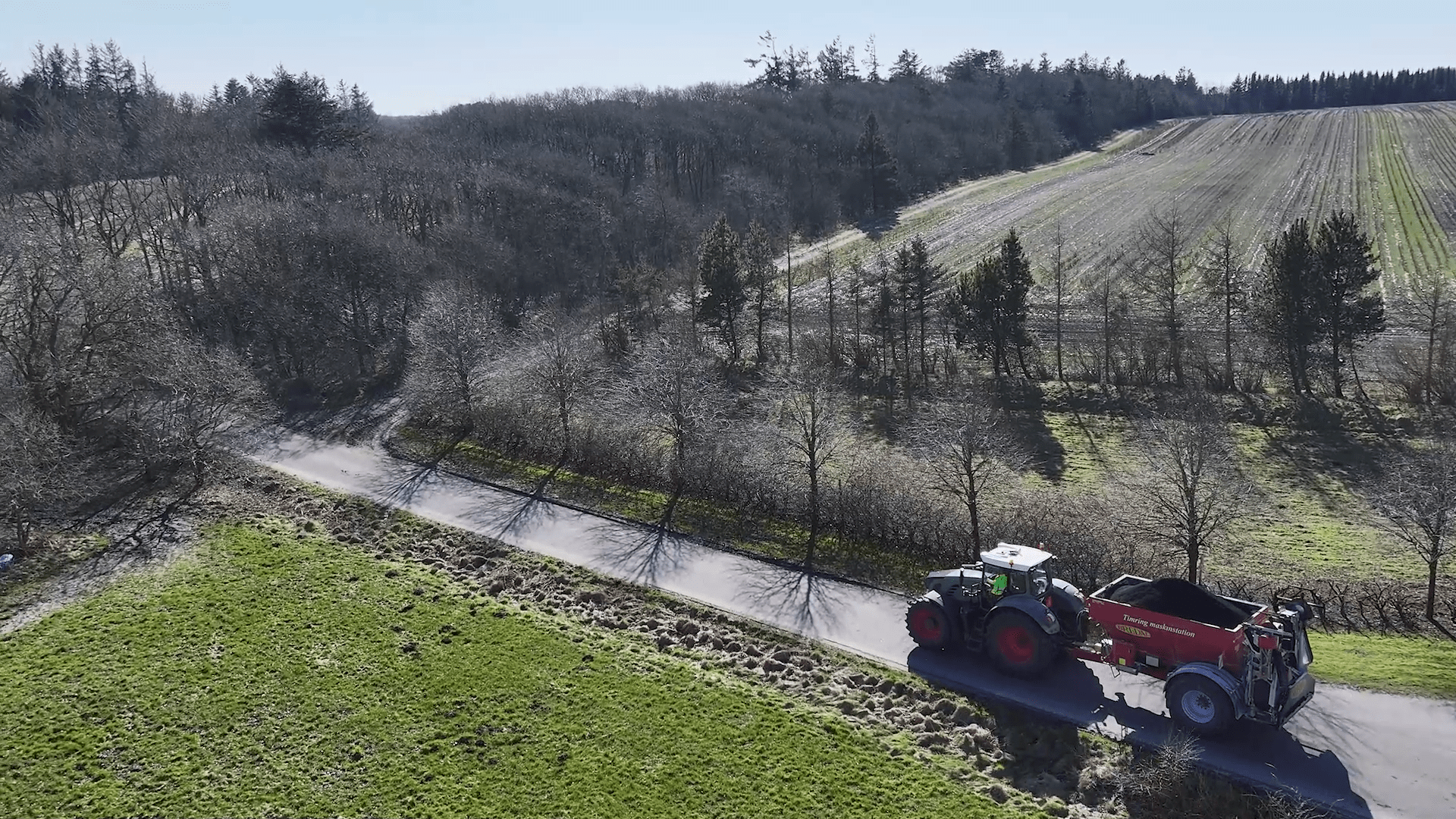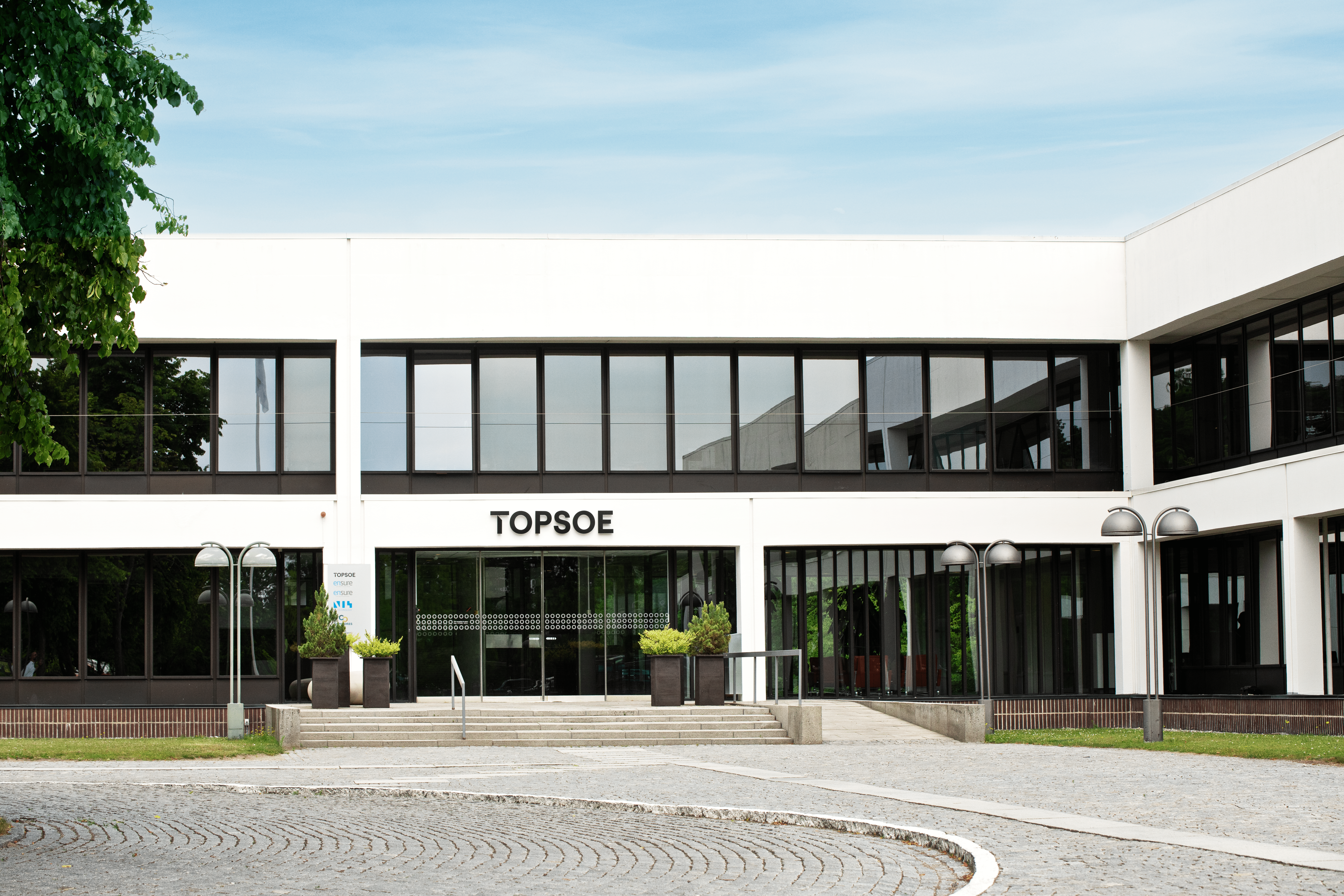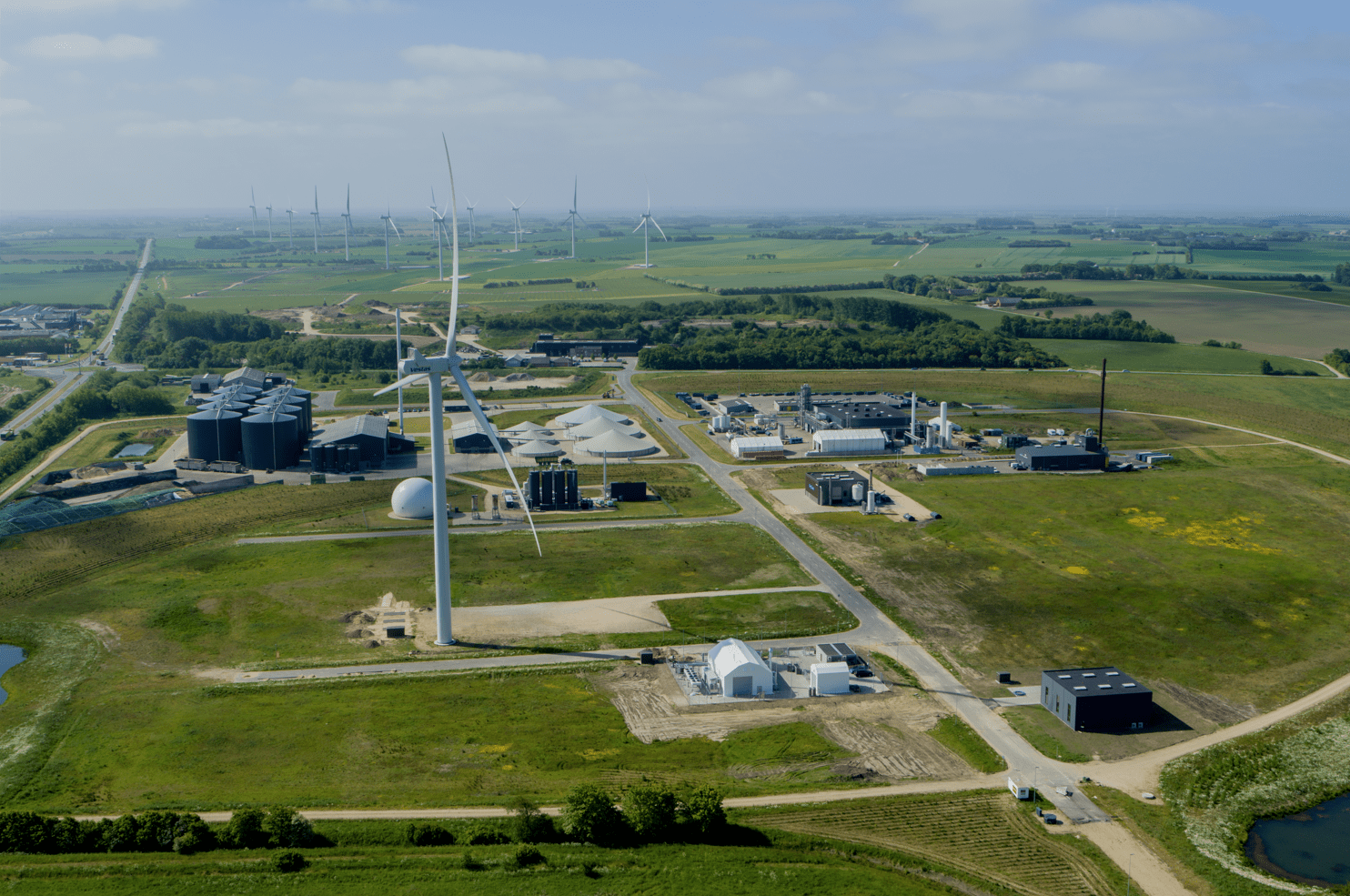News
CHP
Energy storage
Solar thermal energy
New study: Denmark is perfect for future energy plants


Heading towards 2035, the nature of central Danish power plants will change, where they will shift from generating heat and electricity to so-called ‘energy plants’. The new energy plants will combine electricity with different types of biomass and convert these to energy products, which today are made using fossil fuels. Examples include renewable gases, different types of biofuels and polyolefins, which are used for materials.
This new conception of power plants as energy plants is a central element in the future scenario which the Danish national transmission system operator, Energy net maps out in their new study, ‘System perspective 2035’.
-Related news: Do Offshore Wind Farms Steal Wind Energy From Each Other?
The study takes its point of departure in three international scenarios, where European transmission system operators analyse developments in the coming years in a Europe with rigorous climate goals and falling solar, wind and power electronic prices. The study examines the possibilities these scenarios present for Denmark and the Danish energy system, Anders Bavnhøj Hansen from the Electricity Transmission System department at Energynet and co-author of the study explains.
- In all three European scenarios, significant growth in electricity production from wind and solar power in the North Sea region is projected, creating periods where there is an excess of power, which can be integrated in other sectors. The study show that Denmark could become an attractive country, when it comes to using affordable excess power for batteries, electric cars and district heating, as well as in new energy plants which process different types of biomass, says Anders Bavnhøj Hansen
The private sector will not go off-grid
For example, the most ambitious of the three scenarios reveals that in 2040 there will be up to 2.000 hours, where the electricity production from wind and sun in the North Sea region will be higher than consumption and approximately 400 hours where the production of electricity is 15-20 percent higher than electricity consumption in the entire area.
Another trend Energynet has included in their analysis is the growth in the establishment of solar power cell and battery facilities in private households, due to falling prices in these technologies – and their implications for the electricity system. The calculations show that solutions such as these – typically a 6-12 kWp solar power facility and a 15-25 kWh battery facility – won’t result in consumers going off grid, because the solar power cell production is very intense during summer, which makes it too expensive to save until winter.
- We see that the large-scale plants can be harmonized with the so-called prosumer plants and use the excessive solar power during the summer, as there will be plenty of wind power to exploit during the winter, when the sun doesn’t shine, Andars Bavnhøj Hansen points out.
When Energy Net assesses Denmark as well-placed to accommodate the so-called energy plants, it Is linked to the country’s low electricity prices, high energy security and a large share of green power, which also is a decisive factor behind Denmark being a preferred location for the establishment of datacenters.
-Related news: Long Term Planning for a Greener Future
In addition, the study highlights Denmark’s widespread usage of district heating, which can use the excess heat produced by the energy plant, good connections to overseas electricity grids, as well as the fact that Denmark contains a well developed gas system with a rising amount of green gas, and a subsoil that is well-suited in many locations as a potential storage location for different types of gas
Finally, the Danish energy sector has strong experience in handling biomass, and in developing energy policies which focus on developing integrated, holistic energy systems.
-Source: Ingeniøren
You should consider reading
events
Carbon capture, storage and utilisation
+4
CCUS Study Tour to Denmark
25 April 2024events
Carbon capture, storage and utilisation
+1
The Danish CCUS Summit 2024
2 May 2024solutions
Carbon capture, storage and utilisation
+1
Monitoring the depths: Research project ensures safety at Denmark’s first onshore CO2 storage facility
30 April 2024solutions
Carbon capture, storage and utilisation
+5
